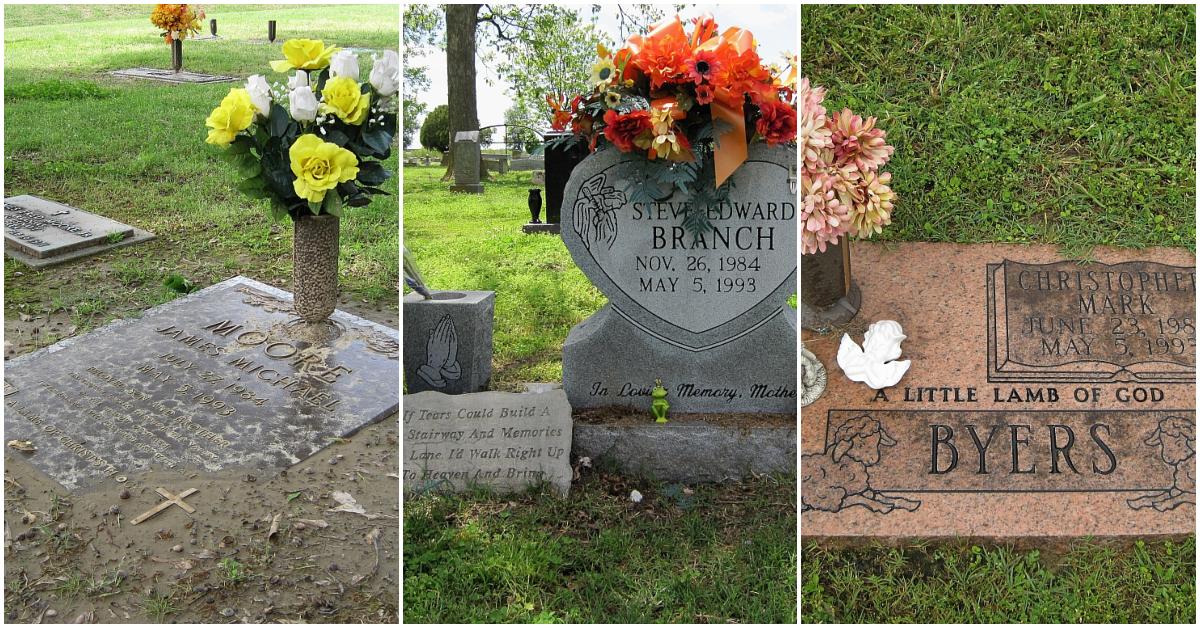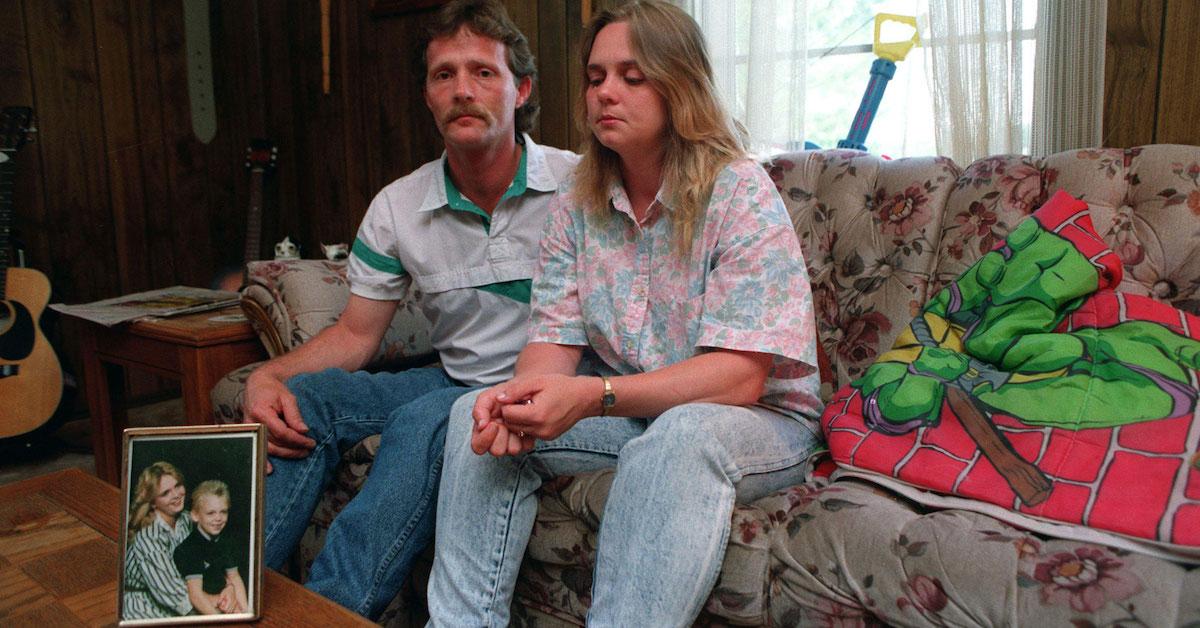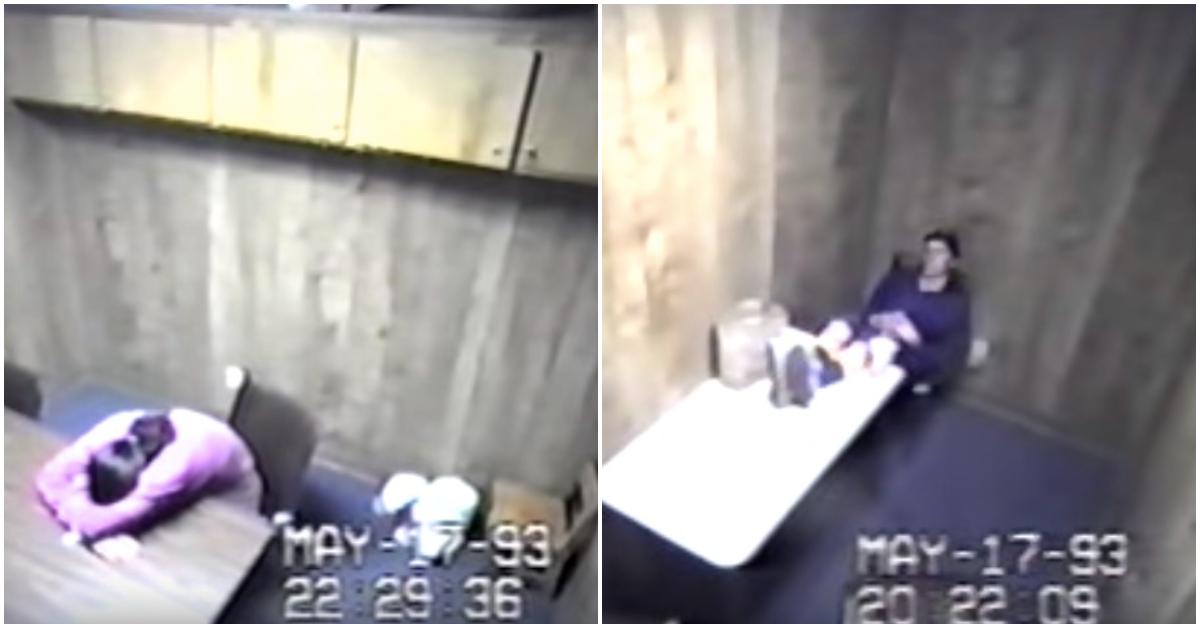If the West Memphis Three Are Innocent, Who Are the Real Killers?
Updated April 3 2020, 3:12 p.m. ET

In August 2011, Damien Echols, Jason Baldwin, and Jessie Misskelley, Jr. were released from prison after serving over 18 years for a crime they almost certainly did not commit. While the three, better known as the West Memphis Three, entered an Alford plea and are therefore not innocent in the eyes of the law, DNA evidence suggests someone else is responsible for the 1993 murders of James Michael Moore, Stephen Branch, and Christopher Byers. So if the West Memphis Three aren't the real killers, who is?
Who are the real killers in the West Memphis Three case?
Because the West Memphis Three all accepted Alford plea deals, which means they assert their innocence but concede there is sufficient evidence for a jury to convict them, technically in the eyes of the state of Arkansas, the case is closed. However, most people, including the parents of the victims, do not believe the true killer was ever brought to justice. In that respect, they feel their little boys are the forgotten West Memphis Three in this whole tragedy.
Since the investigation focused so early on Echols, Baldwin, and Misskelley, it's possible key evidence was discarded or overlooked and early witness testimony was not given the scrutiny it deserved. Based on what is known about the events before the boys' disappearance, the evidence that has been cataloged, and statements made in the years following the trial, there are a few suspects under consideration by armchair sleuths if not necessarily within an active investigation.

A couple clues point to Stevie Branch's stepdad, Terry Hobbs.
Testing of DNA evidence found at the scene did not match with any of the three men who were tried and convicted of murdering the three 8-year-old boys, belonging instead to an unidentified person. However the DNA found within a hair tangled in one of the victims' bindings was found to be "not inconsistent with" Stevie Branch's stepfather, Terry Hobbs.
Another hair, found on a tree stump, contained DNA consistent with a friend of Terry's, David Jacoby. While that doesn't necessarily mean the men are guilty — as a parental figure to one of the victims, it's not too unusual if Terry's hair were found on Stevie or one of his playmates, though the Jacoby hair is harder to explain.
Hobbs has consistently denied any involvement, but others, including Stevie's mom, Pamela, don't seem sure. In 2009, she made a declaration to the court that she and her sister had found a pocket knife belonging to Stevie in Terry's nightstand. which Pam asserted "Stevie carried with him constantly and which I had believed was with him when he died."

When the knife wasn't found with her son's body, Pam "assumed that my son's murderer had taken the knife during the crime," which added to her disbelief when she found it in her husband's nightstand. "He had never told me that he had it," her declaration added.
Pamela further claims her sister witnessed Terry washing Stevie's clothes, curtains, and bed linens "at an odd time around the time of the murders." Both Hobbs and Jacoby deny any involvement and dismiss the hair evidence and no charges were ever brought nor were they named suspects.
Early leads on two other teen suspects, Chris Morgan and Brian Holland, weren't pursued.
Before authorities focused on the West Memphis Three, they looked into two other teens who had some connections to the victims and who left suddenly for California a few days after the murders. Morgan and Holland were arrested in Oceanside, Calif., and given polygraph exams by police.

Both their charts indicated deception when asked if they were involved in the murders. Under further questioning, Morgan said he often would black out or lose time due to drug and alcohol use and "might have" killed the boys, but he immediately walked that back and denied involvement.
Though blood and urine evidence was collected by California investigators and sent to West Memphis PD, there's no indication they were ever fully investigated by the local authorities to exclude them as possible suspects.
Then there's the bloody man in the bathroom at Bojangles.
Another lead that armchair sleuths often cite comes from a statement given by the manager of a Bojangles fried chicken restaurant located near the woods where the boys were found. After several employees reported a black man with blood on him had been in the ladies room of the restaurant and seemed mentally disturbed, the manager called it in as a possible lead to the murdered boys.
Though blood evidence was collected from the bathroom where the man had presumably brushed against the tile wall, the scrapings collected were never processed and a detective testified later the sample was lost. A hair belonging to an African American male was found on a sheet wrapped around one of the victims.
Sadly, we may never know if any of these possible suspects warranted further investigation. Because police focused exclusively on the West Memphis Three, the families of the "forgotten West Memphis Three" — Stevie Branch, Michael Moore, and Chris Byers — may never truly receive justice.